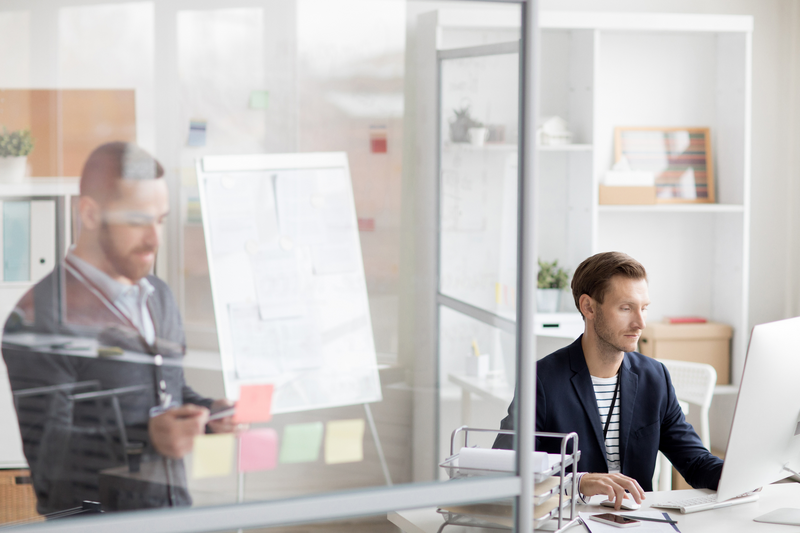ATD Blog
Balancing the Future of Work With Better Digital Workspaces
Mon Aug 08 2022

Since the pandemic hit, digital work has become an ever-present and ever-growing force. Nearly eight in 10 (78 percent) of current remote workers want to continue remote work for the rest of their careers. This is understandable considering the time gained without the commute and the convenience and comfort of being in one’s own home.
Unfortunately, the switch to remote work hasn’t been flawless. Some factors that changed caused more inconvenience than would be seen in a physical workspace. Many corporations are looking for solutions, but it’s important to look at the issues themselves.
These issues mainly show themselves in loss of efficiency and greater fatigue or anxiety. Efficiency-wise, most remote workers shift through different platforms and apps, a process that makes it harder to focus on top of wasting time. In addition, 71 percent of remote workers say they waste time at least once per week in an unnecessary or canceled meeting. And even when deemed necessary, most meetings take 11 minutes to start. This results in each remote worker spending 31 hours on unproductive meetings per month.
Another downside of these meetings is that being on camera is draining. Digital fatigue accounts for the other half of remote work’s negative side effects. People’s faces are much closer than in a real-world setting; viewing yourself on screen increases anxiety, and it’s harder to gauge other people’s emotions.
Fortunately, these remote-work pitfalls have solutions. There are companies that focus on providing remote workers with a space to attach to in the same way they would a physical building.
The disconnect between remote and physical work is large, but this doesn’t have to be the case. In the interest of simulating a physical workspace, digital workplaces seek to solve this by creating a spatial environment. These buildings have floors and rooms, all with specified purposes or attached users.
The hope is that through this remote building, people can relate and feel more at home in their digital work. There will be less need for a constant switch of platforms, less time spent waiting on meetings, more clear communication, and a greater sense of community, which works to reduce digital fatigue.
While it’s not the only solution, it’s certainly one of the more promising. The distinction between remote and physical workers is huge, and their problems differ in many respects. This doesn’t have to be the case though—the future of online work communities is bright.
